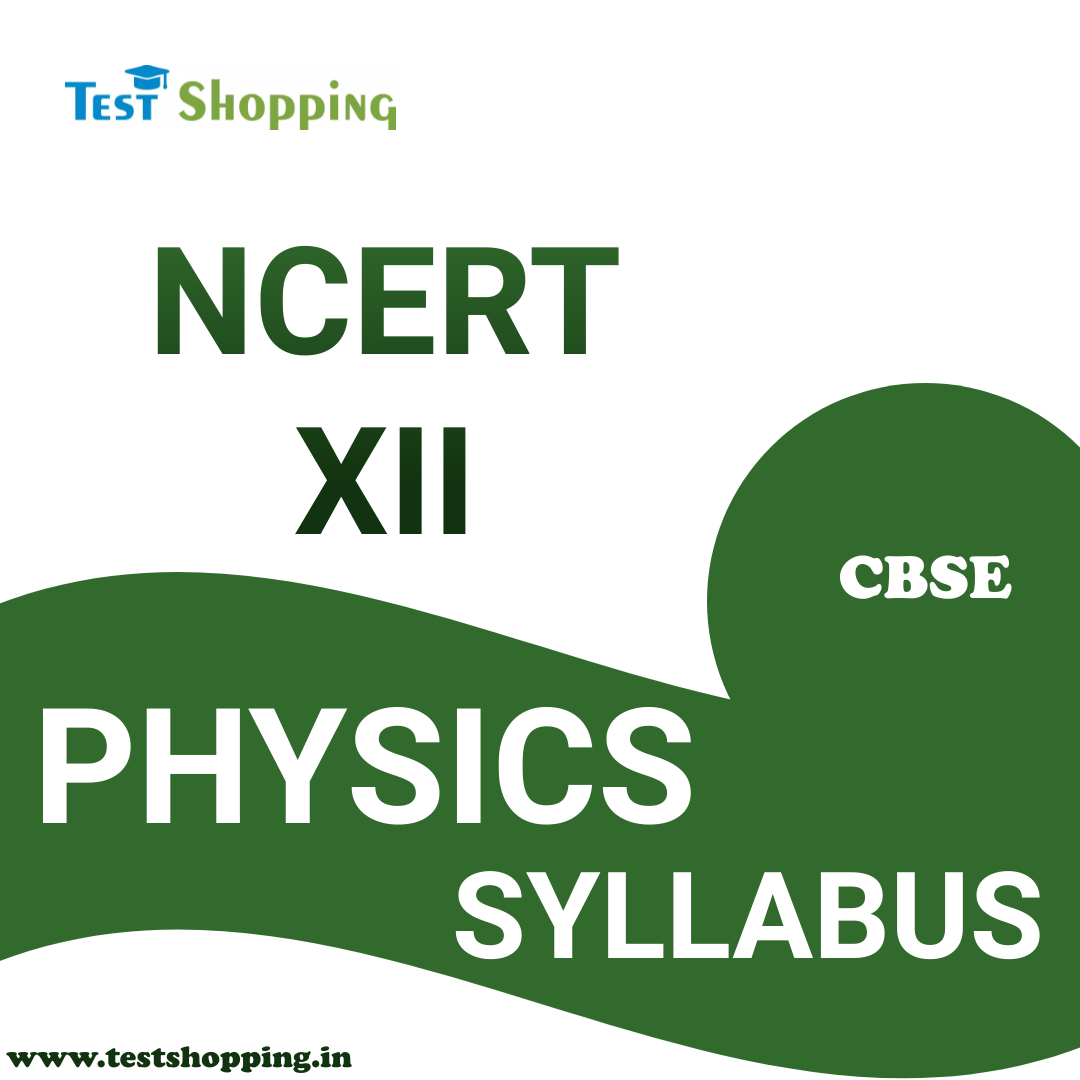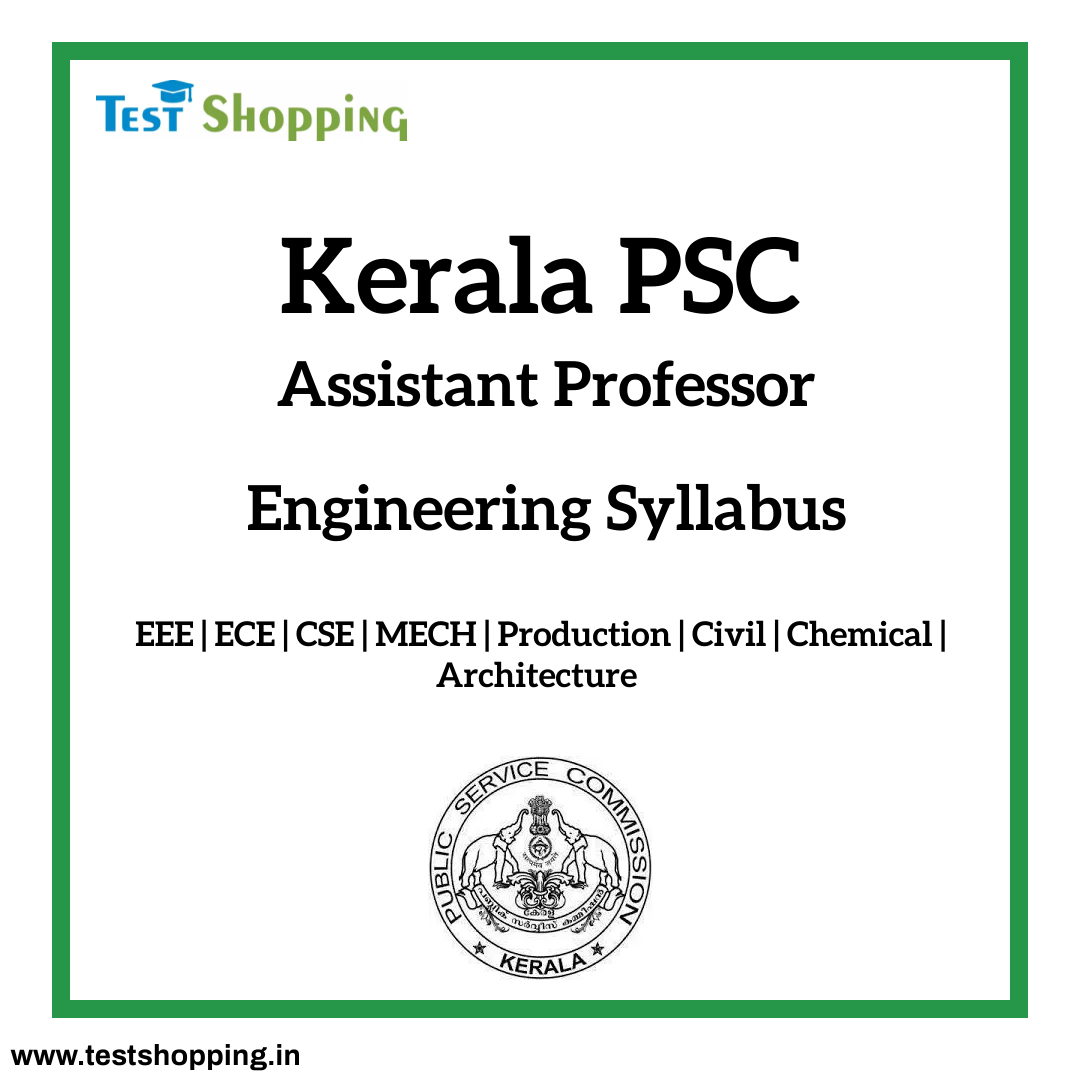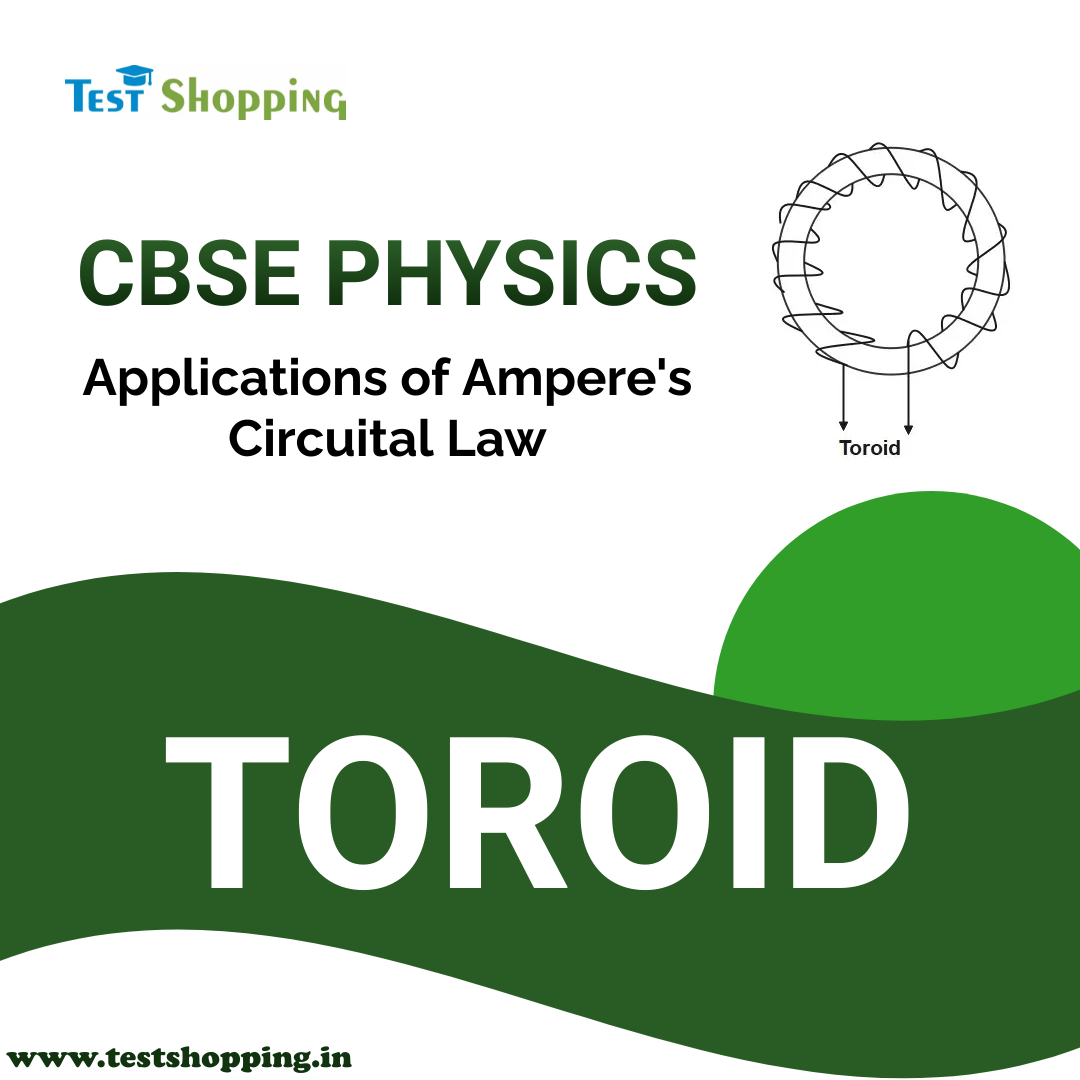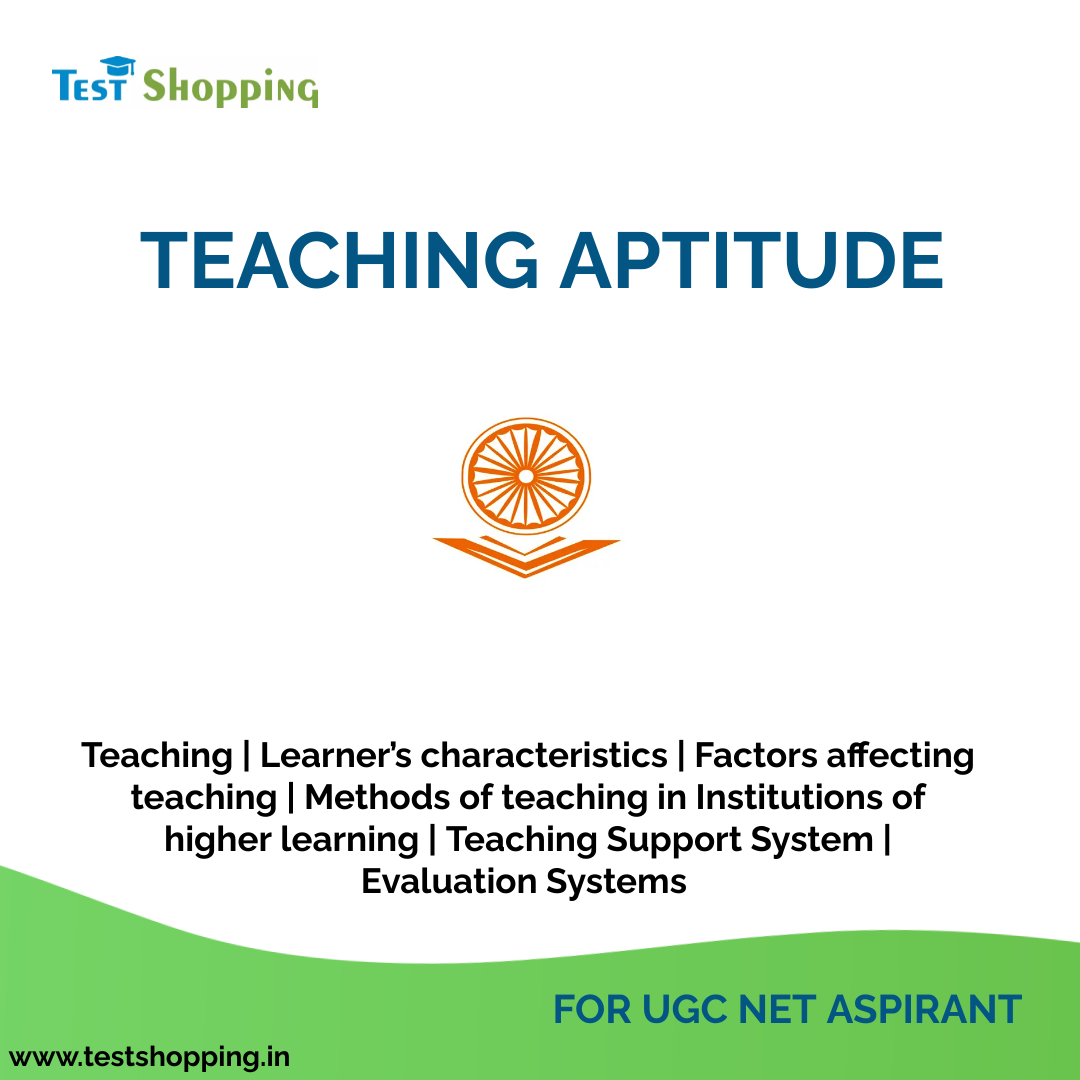TNPSC AE Combined Engineering Service Syllabus
Electrical Engineering
UNIT – I ELECTRICAL CIRCUITS:
Circuit elements – Kirchoff’s Laws – Mesh and Nodal Analysis - Network Theorems and Applications for DC and AC circuits: Thevenin’s Theorem, Norton’s Theorem, Superposition Theorem, Maximum Power Transfer Theorem – Sinusoidal Steady State Analysis of RL-RC-RLC Circuits- Resonant Circuits - Natural and Forced Response – Transient Response of RL-RC-RLC Circuits-Two-port networks – Three Phase Circuits-Star-delta transformation-real and reactive power-power factor.
UNIT – II ELECTRIC AND MAGNETIC FIELDS:
Coulomb's Law-Electric Field Intensity-Electric Flux Density-Gauss's Law- Divergence - Electric Field and Potential due to Point, Line, Plane and Spherical Charge Distributions - Effect of Dielectric Medium - Capacitance of Simple Configurations- Magnetic Circuits- Magnetomotive force - Reluctance-Faraday’s laws-Lenz’s law-Biot‐Savart’s law - Ampere’s law - Fleming’s Left and Right Hand Rule-Lorentz force - Inductance - Self and Mutual Inductance-Dot Convention-Coupled Circuits.
UNIT – III MEASUREMENTS AND INSTRUMENTATION:
Units and Standards – Static and Dynamic Characteristics-Types of Errors-Error Analysis – Measurement of Current, Voltage, Power, Power-factor and Energy – Indicating instruments – Measurement of Resistance, Inductance, Capacitance and Frequency – Bridge Measurements – Instrument Transformers-Electronic Measuring Instruments – Multi meters-True RMS meter-Spectrum Analyzer-Power Quality Analyser- Recording Instruments-X-Y Recorder-Magnetic Recorders-Digital Data Recorder-Oscilloscopes-DSO-LED and LCD Display-Transducers and their applications to the Measurement of Non-Electrical Quantities like Temperature, Pressure, Flow-rate, Displacement, Acceleration, Noise level –– Data Acquisition Systems – A/D and D/A Converters- Data Transmission Systems-PLC –smart meters.
UNIT – IV CONTROL SYSTEMS:
Mathematical Modelling of Physical Systems – Transfer Function - Block Diagrams and Signal Flow Graphs and their Reduction using Mason’s Rule – Time Domain and Frequency Domain Analysis of Linear Time Invariant (LTI) System – Errors for Different Type of Inputs and Stability Criteria for Feedback Systems – Stability Analysis Using Routh-Hurwitz Array – Nyquist Plot and Bode Plot – Root Locus – Gain and Phase Margin – Basic Concepts of Compensator Design – PI,PD and PID Controllers-State Variable formulation-state transition matrix- Eigen values and Eigen vectors-free and forced responses of Time Invariant systems-controllability and observability.
UNIT –V ELECTRICAL MACHINES:
D.C. Machines – Construction, Excitation methods – Armature Reaction and Commutation – Characteristics and Performance Analysis – Generators and Motors – Starting ,Speed Control and braking – Testing – Losses and Efficiency. Transformers-Types-Construction and Operation- Testing – Equivalent Circuits – Losses and Efficiency-All day efficiency – Regulation – Parallel Operation – Three Phase Transformers – Auto-transformer. Induction Machines – Construction, Principle of operation – Rotating Magnetic Field – Performance, Torque-Speed Characteristics, No-load and Blocked Rotor tests, Equivalent Circuit, – Starting ,Speed Control and braking – Single-Phase Induction Motors – Linear Induction Motors – Hysteresis Motors – Reluctance Motors. Synchronous Machines – Construction – Operating characteristics and Performance analysis – Efficiency and Voltage regulation – Parallel operation – V and inverted V curves of synchronous motors – Power factor improvement-permanent magnet synchronous motor-Permanent magnet brushless dc motor – stepper motor.
UNIT –VI POWER SYSTEMS:
Single Line Diagram of Power System-Per Unit Quantities-Power Generation Types- Hydro, Thermal and Nuclear Stations – Pumped storage plants – Co generation– Economic and operating factors – Modelling and performance characteristics of Power transmission lines and Cables-HVDC transmission–Mechanical Design of Transmission Lines-Sag-Insulators - ZBus and YBus formulation - Load flow studies – Shunt and Series Compensation- Symmetrical and Un symmetrical Faults Analysis - Transient and Steady-State Stability of Power Systems – Equal Area Criterion-Voltage and Frequency Control – Power System Transients – Power System Protection – Circuit Breakers – Relays classification of protection schemes-overcurrent, distance, differential and carrier-Equipment protection-transformer, generator, motor, busbars and transmission line –AC and DC Distribution-deregulation-energy conservation and energy auditing.
UNIT –VII ANALOG AND DIGITAL ELECTRONICS:
Semiconductor Devices – PN junctions – Transistors – FET – Zener, Photo diodes and their applications – Rectifier circuits – Voltage regulators – Multipliers. Biasing circuits – Small signal amplifiers – Frequency response – Multistage amplifiers – Coupling methods – Large signal amplifiers – Push-pull amplifiers – Feedback amplifiers – Oscillators – Operational amplifiers and its applications – Precision rectifiers – Multivibrators - Voltage Controlled Oscillator-Timer. Digital logic gate families (DTL,TTL,ECL,MOS,CMOS) – Logic gates - Simplification of Logic Functions- Design of Combinational circuits - Sequential logic circuits-latch–Flipflops– Counters – Registers – multiplexers and demultiplexers- Schmitt triggers-Memories(ROM,PLA and FPGA).
UNIT - VIII POWER ELECTRONICS AND DRIVES:
Principle of Operation and Static and dynamic behaviour of Power Semiconductor devices –- Power Diode, DIAC, SCR, TRIAC, GTO, MOSFET and IGBT- - Single and Three Phase AC to DC Converters –uncontrolled and controlled rectifiers -performance parameters – Single and Three Phase AC to AC converters - Switched Mode Power Supplies – buck ,boost and buck-boost 49 converter topologies -switching losses-Inverters-Single and Three Phase Inverters – Voltage control- Pulse Width Modulation techniques-harmonic elimination techniques– Uninterrupted Power Supplies- Electrical drives-motor load dynamics-load torque characteristics-Speed Control of DC Drives– Converter/Chopper fed dc motor drives- Speed control of AC drives- induction motor drives –stator voltage control and V/f control -synchronous motor drives-V/f control, self control, margin angle control and power factor control.
UNIT –IX DIGITAL PROCESSORS AND COMMUNICATION:
Architecture of 8085, 8086 and 8051 – Instruction Sets – Assembly Language Programming – Interfacing for memory and I/O: 8255 Programmable Peripheral Interface – 8253 Programmable Timer Interface – 8279 Programmable Keyboard and Display Interface – 8257 Direct Memory Access Interface - Embedded processors (ARM and PIC basics only). Classification of Signals and systems – Properties of Discrete Fourier Transforms - FFT Computation – FIR Filters – IIR Filters: Butterworth Filters – Chebyshev Filters. Digital Communication Systems: Pulse Code Modulation and Demodulation – Adaptive Delta Modulation - Frequency Division and Time Division Multiplexing – Data Communication Network Topologies - 7-layer OSI Protocol-IoT concepts.
UNIT –X RENEWABLE ENERGY SOURCES AND STORAGE DEVICES:
Renewable Energy – Sources and Features - Solar Radiation Spectrum- Radiation Measurement-Solar Photovoltaic Cell –principle of operation-types-MPPT - Microhydel- Operating principle- Wind Energy –components- wind power turbine types-MPPT- Site Selection-Types of Wind Generators-smart grid - Electric vehicles -V2G and G2V- Fuel Cells- Batteries-types and characteristics- Super Capacitors.

admin
Admin roleCategories
Popular posts

CBSE PHYSICS SYLLABUS
2023 Apr 14
Kerala PSC Assistant Professor Engineering ...
2023 Jan 10
Magnetic Field Due to Toroid
2023 Jul 09